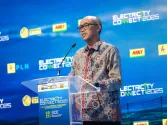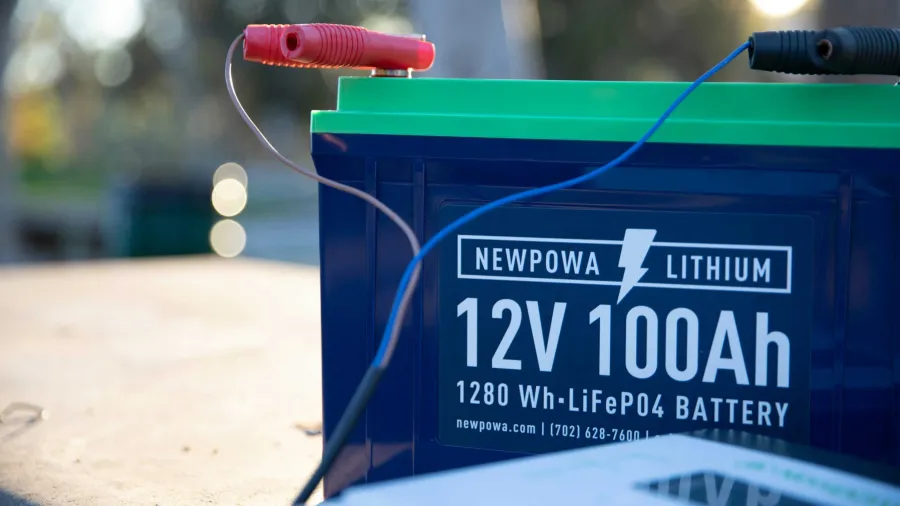
Lower costs spark surge in battery storage projects
In 2024, lithium-ion battery pack prices dropped to the lowest in eight years.
Significantly lower raw material costs and more affordable battery technologies are driving investments in the Asia-Pacific region’s battery energy storage system (BESS) market.
This means more room for excess electricity from renewable sources like solar and wind, which could improve grid stability around the world, analysts said.
“This affordability allows developers to increasingly incorporate battery storage into their renewable energy projects, a consideration that was less feasible five to 10 years ago,” Robert Jones, renewable energy leader for Asia at insurance broker Marsh Asia, told Asian Power.
“Governmental policies are also starting to recognise the need for grid stability and are beginning to provide incentives to stimulate market growth at a national level,” he said via Zoom.
In 2024, lithium-ion battery pack prices dropped 20% from a year earlier to $115 per kilowatt-hour—the lowest since 2017, according to BloombergNEF.
Globally, the grid storage market increased 68% to 160 gigawatt-hours from 2023, with China accounting for 67% of BESS deployments, according to London-based consultancy Rho Motion.
The regional market for battery energy storage is expected to grow 27% annually to $49.2b by 2034 from 2025, US-based Market Research Future said. The Asia-Pacific region is expected to dominate the global market, accounting for 68% of total market value through 2026, according to GlobalData.
China has about 10 gigawatts of BESS capacity, “and that figure is going to grow significantly in the next five years,” Keith Lee, natural resources regional lead for Asia at loss adjusting firm Charles Taylor, said in a separate Zoom interview.
Optimal maintenance of these high-tech battery systems involves regular inspections, specific charging protocols, temperature control, and software updates to ensure they last long, perform at their peak and remain safe.
“In construction projects involving battery systems, despite their modular design, a certain level of specialised expertise is still essential,” Lee pointed out. “The shortage of this expertise is a significant bottleneck hindering progress.”
In Vietnam, for example, there is a strong push for renewable energy and the needed battery storage system, but projects have failed to scale up in the absence of modernised grid technology that is as sophisticated as the one used by China, he said.
Safety is also a concern for the booming market after high-profile battery fires in countries like the US and South Korea in the past year.
Jones said the industry has been trying to address safety concerns through rigorous certification testing.
Lee said ceramic-based electrolyte batteries, which offer improved safety, reduced risk of leakage, and potential for higher energy density because they don’t use liquid electrolytes found in conventional lithium-ion batteries, are the batteries of the future.
“Increasing production and achieving cost-effectiveness to rival lithium-ion batteries remain a substantial challenge for solid-state battery technology,” he said. “However, the long-term future of energy storage lies with solid-state batteries, not lithium-ion.”

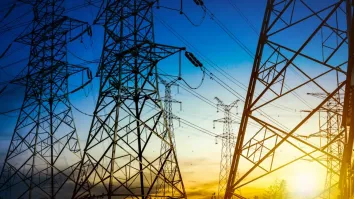


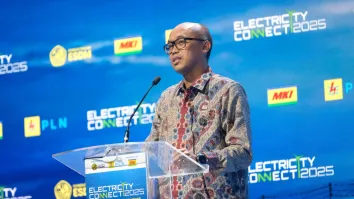
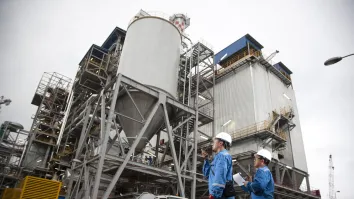
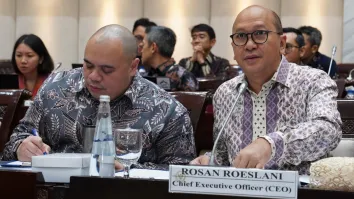


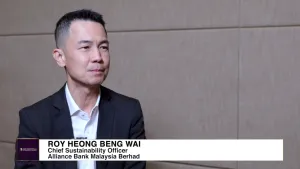


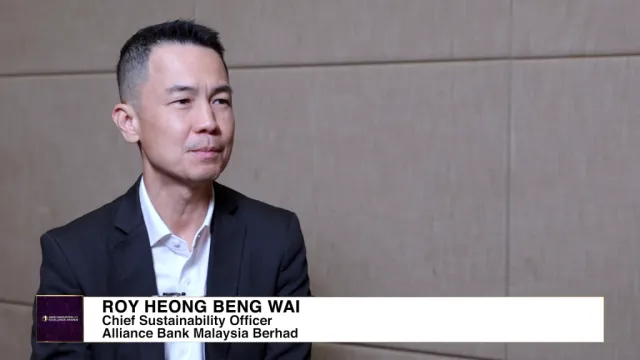




 Advertise
Advertise


